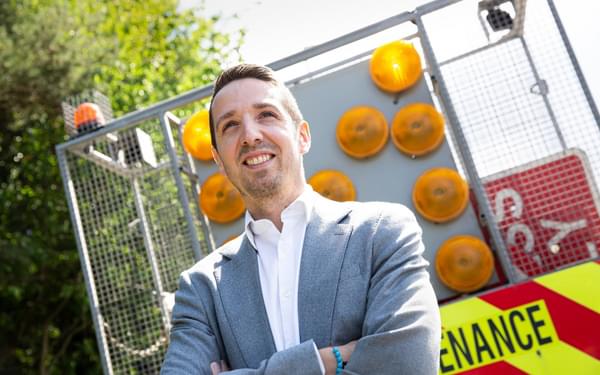Back to News
Sadaf Askari comments in BE News: EPCs are a blunt instrument in a very large toolbox
Sadaf Askari \ 10th Jan 2024
When the government recently announced that it is planning to potentially delay timelines for commercial assets to meet at least an EPC C rating, the news was met with some concern.
But, as Sadaf Askari, associate director in our smart energy and sustainability team, suggests in BE News this month, there’s more to decarbonisation than just EPC ratings.
Sadaf makes a strong argument that EPCs on their own are not enough, playing just one part of our collective journey in addressing the climate emergency.
In the article, she explains:
“We need to rethink how much importance is placed on EPCs in the journey towards net zero. They are calculated in an abstract way using set values that cannot be changed, providing a snapshot of a building's energy output at the time of certificate. Changes that can substantially improve a building's carbon emissions, such as the installation or LED lighting or solar panels, will not necessarily improve the rating. These can help achieve operational carbon zero. but the building might still only achieve EPC C due to the fixed inputs and calculation methodology.”
She makes the case that in order to meet their net-zero commitments, organisations need long-term strategies that are informed by detailed, quality data on their assets.
Sadaf adds:
“We need buildings to be designed to operate to mitigate their overall impact on the environment and to adapt to an ever-changing climate, rather than to meet tick-box style legislation. EPCs are blunt instruments in what is a very large toolbox, and we should recognise their limitations. They are no longer fit for purpose to address the environmental challenges we face today.”
There are many sustainability benchmarking accreditations that can demonstrate the quality of a scheme, including BREEAM In-Use, NABERS Fitwel and ActiveScore. Sadaf justifies a shift in focus towards such metrics, stating:
“In-use energy performance is a far more valuable metric, using real-time data to allow asset owners and operators to optimise their buildings and set them on a more realistic and achievable pathway to net zero.”
Read the full article on the BE News website.














